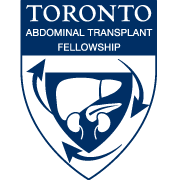About Us
Message from the Director
Welcome to our Fellowship Programs. The University of Toronto has a legacy for being at the forefront of research, innovation, and education in the fields of transplantation and hepatopancreatobiliary (HPB) surgery. Our respective programs are among the largest in North America based on clinical volumes, and we have a proud history of training many of the leaders in surgery over the last 38 years. We offer two accredited programs: a fellowship council-accredited HPB surgical track program and a combined ASTS-accredited abdominal transplantation surgery track program.
As junior fellows, all trainees are immersed in both disciplines gaining a unique hybrid, high volume experience. As second year fellows, trainees become more focused gaining in-depth exposure within their respective clinical track. They are afforded opportunities to participate in complex HPB and minimally-invasive surgery, and to be a part of one of the largest pediatric transplantation and living donor liver transplant programs in North America. In addition to an outstanding operative experience, the fellow’s knowledge is further enhanced through participation in a robust academic curriculum of teaching seminars and by in-depth training in the pre- and postoperative management of these complex patients in both the inpatient and outpatient settings.
We also offer a multitude of opportunities to participate in both clinical and basic science research with many of our investigators being world leaders in their respective fields. We are proud to continue our legacy of training the future generation of academic transplant/HPB surgeons. We invite you to further explore our website and see how our program may enhance your training and in turn help shape the future of transplantation, HPB surgery, and cancer care.
History of the Fellowship
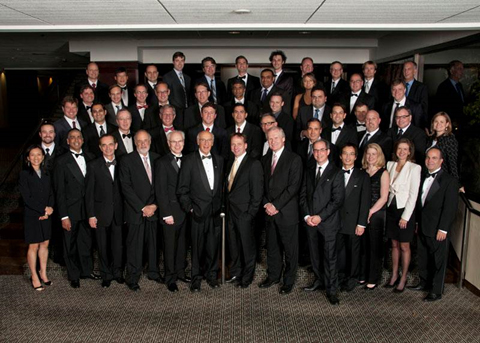

The Fellowship in HPB Surgical Oncology at the University of Toronto evolved from the Fellowship in Liver Pancreas & Biliary Surgery (“The Liver Fellow”) which was started by Dr. Bernard Langer at the Toronto General Hospital in 1983. By 1989, it grew to two Fellows per year, one of whom was a 2-year Fellow in liver transplantation. The Transplant Fellowship was certified by the American Society of Transplant Surgeons (ASTS) in 1993, and the HPB and Transplant Fellowships remained integrated in their training. In September 2007, following a site review by Dr. M. Sarr, The HPB Fellowship received accreditation by the Fellowship Council with renewals of accreditation in 2010, 2013, 2015, 2017 and 2020. The Fellowship follows the Advanced GI Surgery Curriculum for Hepato-Pancreatic & Biliary Surgery Fellowship. The previous HPB and Transplant Fellowship Program Directors have been Bernard Langer (1983 – 1995), Paul Greig (1995 – 2014 and 2017 – 2019) Carol-anne Moulton (2014 – 2015), and Sean Cleary (2016 -2017).
The HPB Surgical Oncology Fellowship offers comprehensive training in liver, pancreas, and biliary tract surgery with an emphasis on HPB Oncology and cross-training in transplantation. It accepts one Fellow per year into the 2-year Fellowship. The Fellow works predominantly at Toronto General Hospital and Princess Margaret Cancer Centre, and occasionally at the Hospital for Sick Children and Mount Sinai Hospital.
The Toronto Fellowships accept applicants from throughout the world. Since 1983, over 85 fellows have graduated from our HPB and Transplant Fellowships. In 2012, a reunion of former Fellows honouring Dr. Bernard Langer was held to celebrate the Fellowships.
University of Toronto
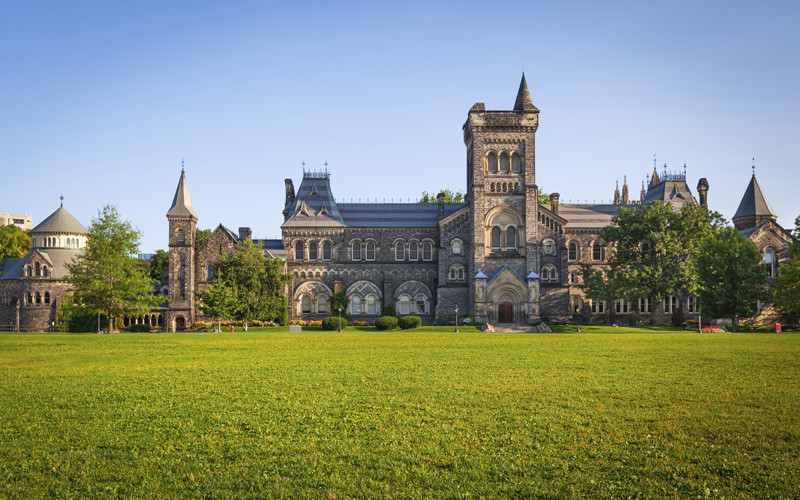
The University of Toronto, Canada’s largest university, has a long and complex history. It was founded as King’s College by royal charter in 1827 and in 1850 became the nondenominational University of Toronto. In the 1850s the University of Toronto was reorganized and University College was created as its teaching arm. Structural changes encouraged other colleges to federate with the University: Victoria College (Methodist, founded 1841 in Cobourg, Ont) and St Michael’s College (Roman Catholic, founded 1852 in Toronto by the Basilian Order) joined in 1890 and Trinity College (Anglican, founded in 1851) joined in 1904, each of them retaining university status in order to continue granting degrees in theology. More information regarding the University of Toronto is available at http://www.utoronto.ca.
Faculty of Medicine
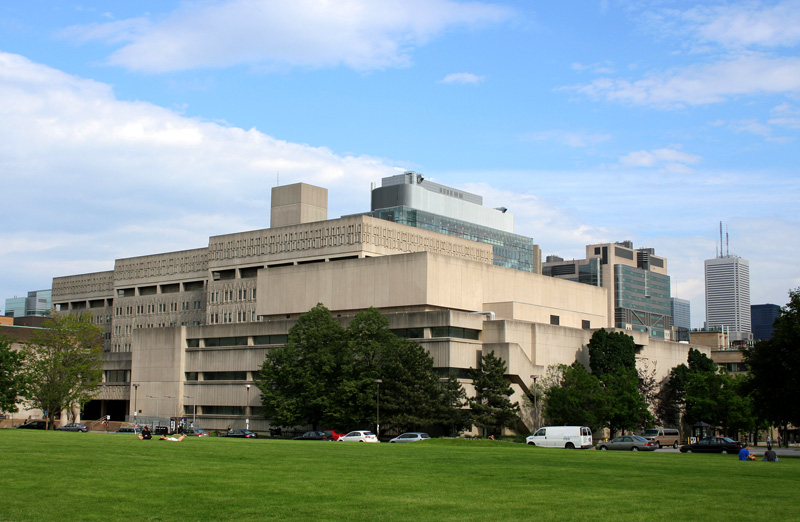
The University of Toronto Medical School opened in 1843. In 1853, the University suspended the school’s teaching program and transferred teaching duties to the city’s three proprietary schools: Trinity Medical College, the Toronto School of Medicine and Woman’s Medical College. In 1887, the University resumed medical teaching in its Faculty of Medicine. At present, the teaching hospitals affiliated with University of Toronto are: University Health Network (consisting of the Toronto General Hospital, the Princess Margaret Cancer Centre and the Toronto Western Hospital), the Hospital for Sick Children, Mount Sinai Hospital, St. Michael’s Hospital, Sunnybrook Health Sciences Centre, Woman’s College Hospital, Bloorview Kids Rehab, Baycrest Centre for Geriatric Care, the Centre for Addiction and Mental Health, North York General Hospital, St. Joseph’s Health Centre, Toronto East General Hospital, The Scarborough Hospital, Credit Valley Hospital and Markham Stouffville Hospital. Visit the Faculty of Medicine website for more information.
Department of Surgery
The Department of Surgery has Divisions (Anatomy, Cardiac, General, Neurosurgery, Orthopaedic, Plastic & Reconstructive, Thoracic, Urology, and Vascular) with approximately 260 full-time faculty, 50 part-time faculty, 140 adjunct faculty and 40 research scientists located both on campus and at our six fully affiliated teaching hospitals and two partially affiliated teaching hospitals. Our large faculty contributes extensively to our three core missions: excellent clinical care, outstanding research productivity and the delivery of state-of-the-art educational programs.
Our Department receives approximately over $46 million annually of external peer-reviewed funding. We have a Surgeon Scientist Program aimed at providing master’s or doctoral level training for our surgical trainees. There are 35 trainees registered in this research stream. We train approximately 200 residents and 175 fellows per year.
Click here for more information regarding the Department of Surgery.
Click here for additional information regarding the Residency.
The Division offers Fellowship programs in Breast, Colorectal, Oncology, HPB, MIS, Pediatric, Transplant and Trauma. There are approximately 35 Fellows in the Division of General Surgery each year.
Click here for additional information regarding the Division of General Surgery.
Division of General Surgery
The origin and development of the Division of General Surgery and the Residency Program is attributed to Dr. William Edward Gallie. In 1906, he was appointed at The Hospital for Sick Children. In 1907, he was appointed a junior surgeon at The Toronto General Hospital. In 1929, Dr. Gallie was appointed Professor of Surgery and Surgeon in Chief at The Toronto General Hospital.
Dr. Gallie brought the Toronto Western Hospital and St. Michael’s Hospital into the University. His greatest accomplishment in this period was the establishment of a systematic course of training in surgery designed to give each resident adequate experience in the basic sciences and in surgery and to qualify him or her to sit for the examinations of the Royal College of Physicians and Surgeons of Canada. It was the first such course in Canada and was in advance of the training courses in England and in the United States.
The post-graduate training course in surgery at the University of Toronto was inaugurated by Dr. Gallie in 1931. The program of training gradually spread from The Toronto General Hospital and The Hospital for Sick Children to all teaching hospitals associated with The University of Toronto; Toronto Western, St. Michael’s, Sunnybrook, Wellesley, Women’s, Mount Sinai, Toronto East General and St. Joseph Hospitals. The post-graduate program is now widely known as The Gallie Course in General Surgery.
The Division of General Surgery Residency Program accepts 12 – 15 new residents each year. The Surgeon Scientist Program (2-year research program directed towards a Master’s degree in the Institute for Medical Studies) is available to selected Residents after their PGY2 year.
Ajmera Transplant Centre
Transplantation at the University Health Network occurs within the Ajmera Transplant Centre. Founded in 1991, Ajmera Transplant Centre brings together the liver, kidney, pancreas, lung, heart, small bowel and transplant infectious disease programs. The physicians, surgeons, nurses, pharmacists and allied health professionals provide a comprehensive and interdisciplinary approach to transplant patients. The program performs over 500 transplants per year and provides care for over 3000 transplant out-patients.
The Ajmera Transplant Centre provides to transplant patients a 35 bed in-patient unit, 15 acute care beds, an out-patient clinic, the transplant pharmacy, medical day unit facilities, transplant informatics (the OTTR system) and administrative facilities.
Additional information regarding Ajmera Transplant Centre at UHN can be found at https://www.uhn.ca/Transplant.
University Health Network (UHN)
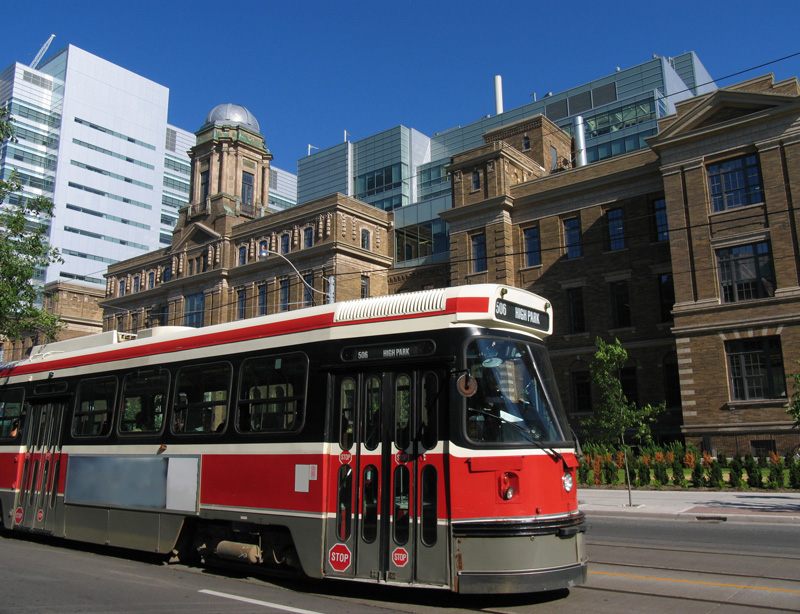
University Health Network (UHN) is made up of Princess Margaret Cancer Centre, Toronto General Hospital, Toronto Rehabilitation Institute, Toronto Western Hospital and Michener Institute of Education. Each hospital retains its identity and name within the Network. TGH has 417 beds with programs in Transplant, Cardiovascular Sciences and Oncology; TWH has 261 beds with programs in Neurosciences, Orthopaedics and MIS (bariatrics); Princess Margaret has 126 beds with programs in Medical, Surgical and Radiation Oncology; and the TRI has a combined 423 beds for rehabilitation.
Additional information regarding UHN is available at http://www.uhn.ca.
Princess Margaret Cancer Centre
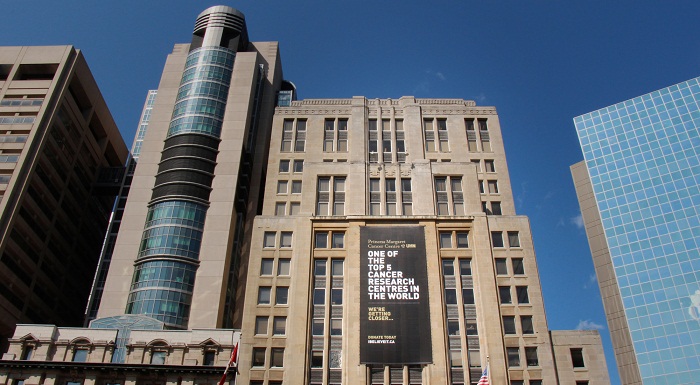
Princess Margaret Cancer Centre (PMCC) is a comprehensive cancer care centre that is organized into 12 Cancer Site Groups. Its interprofessional teams work collaboratively to assess, plan, and deliver personalized clinical care that treats disease and supports wellness and healing at all stages of each patient’s cancer journey. The HPB program functions within the Gastrointestinal Site Group.
The GI Site Group at Princess Margaret is the largest group of its kind in Canada. Seeing more than 1,500 new patients every year, its inter-professional team of medical, radiation and surgical oncologists, radiologists, pathologists and allied health professionals work collaboratively to ensure that patients have access to the best care, including nutrition therapy, psychiatric and psychological care, social work, physiotherapy, and occupational therapy.
As part of the University Health Network, the PMCC has access to premier facilities and technologies, including those at Toronto General Hospital, Toronto Western Hospital and Toronto Rehab, as well as Mount Sinai Hospital.
As an accredited teaching hospital of the University of Toronto, Princess Margaret has a strong focus on research and education.
Toronto

Toronto is one of the world’s most cosmopolitan cities offering a wide range of cultures, languages, sports, food and arts. It has all the advantages of a major urban centre balanced with safe, family-friendly residential areas near the hospital.
PGME Orientation Handbook
The Postgraduate Medical Education Department of the University provides an Orientation Handbook for Residents and Fellows who are new to Toronto. It contains valuable information regarding:
- Registration
- Health Care Coverage
- Accommodation
- Cost of Living
- Banking
- Transportation
- Child Care and Schooling
- Toronto
It is available here.



